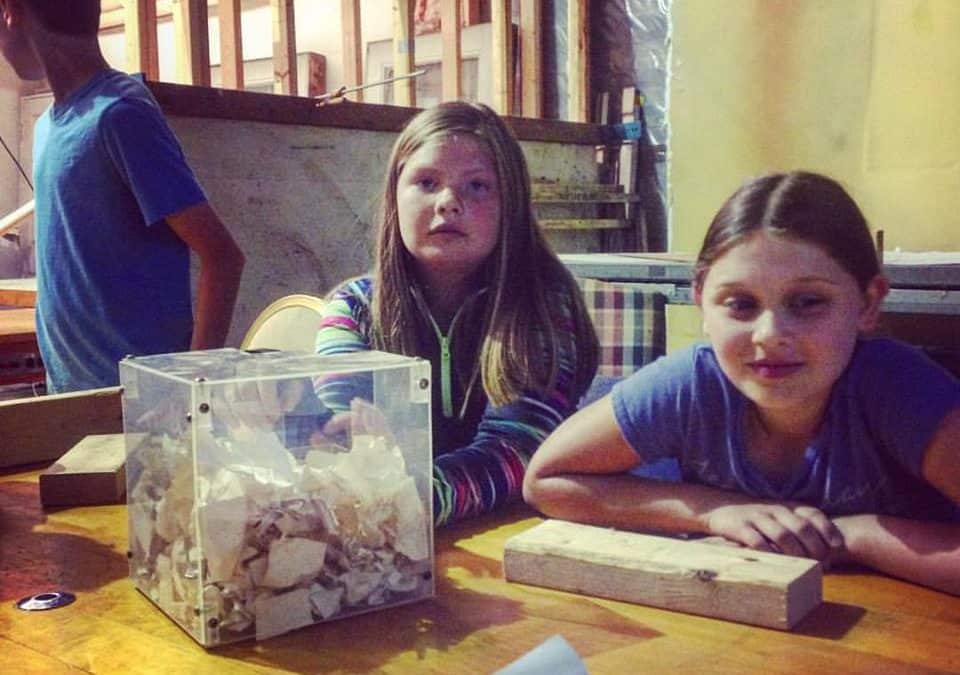The U.S. Department of Labor reports that women and minorities comprise 70 percent of college students, but less than 45 percent of STEAM degrees, with women making up only 26 percent of the computing workforce. This is a statistic that has essentially remained unchanged since 1990.
Lindsey Clark, a Member Research Analyst and contributing blogger to Women in Technology, explains the imbalance of gender in STEAM. There are three identified causes – “social and environmental factors shaping girls’ achievements and interest in math and science; the college environment; and the continuing importance of bias, often operating at an unconscious level.” Science historians reinforce that it isn’t that women aren’t wanted. There are a variety of cultural forces that continue to stand in the way, with girls often being steered toward other professions from an early age, not to mention more complex issues such as sexual harassment in the workforce and the impact of motherhood on career advancement. These imbalances are even more obvious when the statistics are further broken down. The National Girls Collaborative Project (NGCP) shares the following percentages of women in these STEAM fields:
- 39% of chemists and material scientists
- 27.9% of environmental engineers
- 15.6% of chemical engineers
- 12.1% of civil engineers
- 8.3% of electrical and electronics engineers
- 17.2% of industrial engineers
- 7.2% of mechanical engineers
One might ask why this matters. And, we’re glad you asked. There are a myriad of vitally important reasons to encourage and support girls and women interested in STEAM professions, the first of which is simply for the immediate financial benefit of the individual and achievement of gender parity in economic participation. Consider these statistics. The average salary for a tech professional is $96,370. By 2020, according to the Bureau of Labor Statistics, there will be 1.4 million computer science jobs available in the US. That’s $134 billion to be paid to workers in the tech industry. “If the status of women remains unchanged, women will get only $35 billion of that figure.”
Women in STEM also enhances technical innovation. “A diverse workforce leads to better products for divers users,” says Audra Eng of NGCP. The needs and desires unique to women may be overlooked when women are not involved in the design process. Companies who diversify their development teams tend to have higher profits because their products are simply better and meet the demands of more people. McKinsey & Company reports that companies in the top quartile in terms of gender diversity are 15% more likely to have financial returns above their respective national industry medians.
While these statistics and examples are impressive, they are likely not that surprising. But, now what? What can we do aside from work to shift the overall cultural forces that negatively impact girls in STEAM?
Pretty Brainy, an organization that encourages teen and ’tween girls to discover how science, technology, engineering, arts, and math (STEAM) have meaning and use in their lives, explains that “self-confidence instilled in girls by their parents, as well as their teachers, is a stronger factor in holding girls’ interest in STEM learning than their initial interest in a given subject.” In other words, having the endorsement and enthusiastic support of a parent or an adult mentor (such as you would find at The Open Bench Project), will trump any inspiration from formal schooling.
Here at the OBP, it’s an honor to participate in the movement to encourage and support girls in STEAM through our collaborative community, as well as through our STEAM based classes, such as robotics, 3D printing, power tools, woodworking, CNC table training, and more. We’re here to provide moral support, skills training, STEAM role models, and the opportunity to pursue dreams – regardless of and because of your gender.
And then some,
Your friends @ OBP


Recent Comments